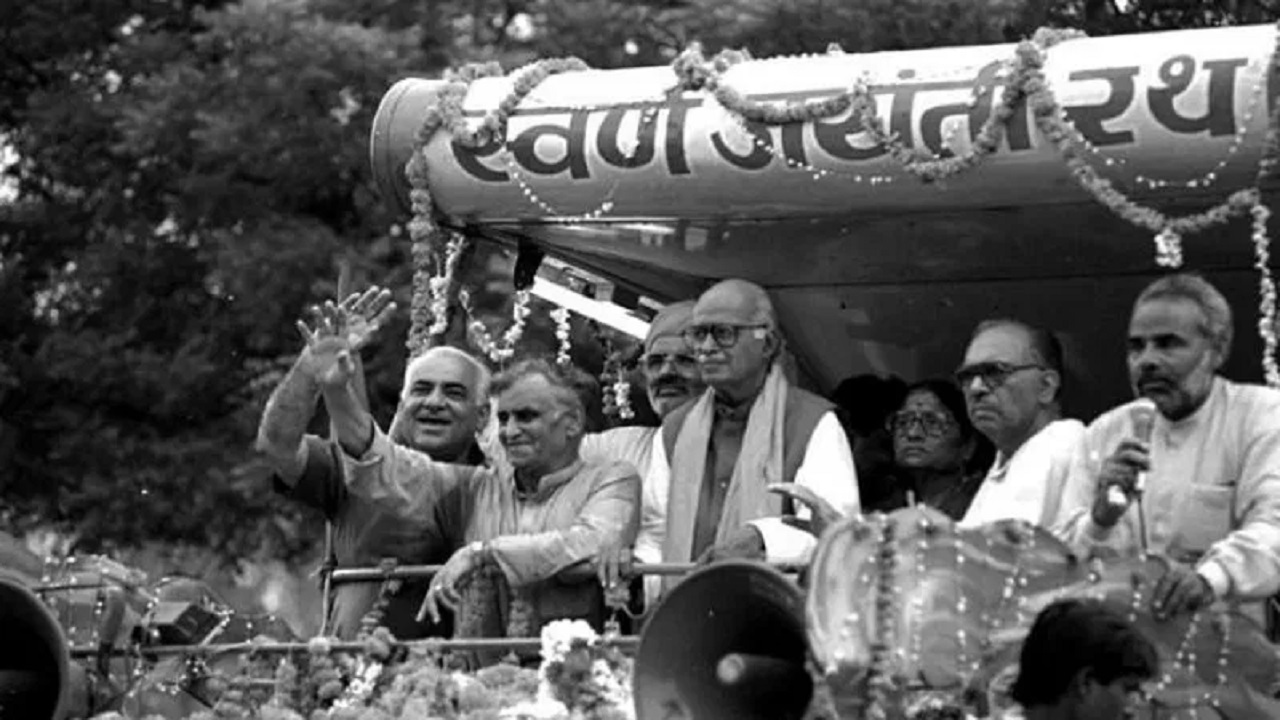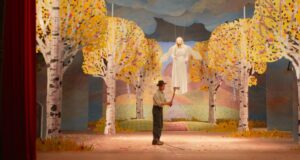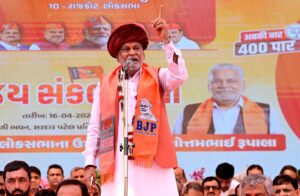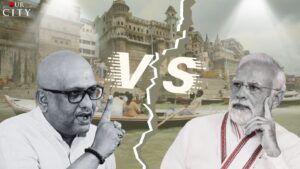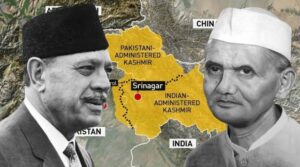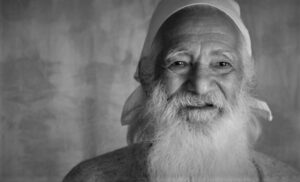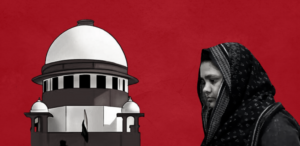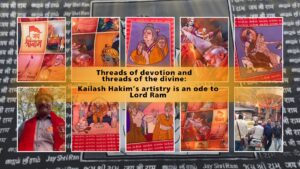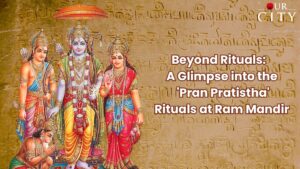A few decades ago, riding the chariot
An SUV in Bihar and certain areas of eastern Uttar Pradesh in the early 1990s, adorned with a vibrant image of Lord Rama brandishing a bow and arrow. Along with a number of other open jeeps and vehicles, his rath was driven by volunteers from the Vishwa Hindu Parishad (VHP) and Rashtriya Swayamsevak Sangh (RSS), who were chanting ‘Jai Sri Ram’ in unison.
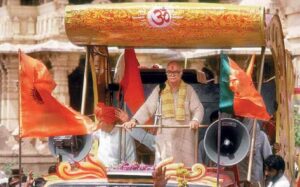 Lal Krishna Advani, who turns 96 today had set out on a quest to rewrite the hinterlands of north India’s folklore and reconstruct history from a firmly Hindutva viewpoint with this Rath Yatra. Considering the Babri Masjid as a symbol of the invasion of India by Babur, the man who became the country’s first Mughal emperor, and his army of foreigners on Hindu territory, his speeches sought to stimulate awareness among Hindus and turn the majority community into a group of victims lamenting the loss of their pride during the Muslim invasion of India (which is a fact?!).
Lal Krishna Advani, who turns 96 today had set out on a quest to rewrite the hinterlands of north India’s folklore and reconstruct history from a firmly Hindutva viewpoint with this Rath Yatra. Considering the Babri Masjid as a symbol of the invasion of India by Babur, the man who became the country’s first Mughal emperor, and his army of foreigners on Hindu territory, his speeches sought to stimulate awareness among Hindus and turn the majority community into a group of victims lamenting the loss of their pride during the Muslim invasion of India (which is a fact?!).
“The intention was to contextualise Ayodhya in the historical lineage of Muslim aggression and then to seek legitimacy for Mandir movement by drawing a parallel.”
–LK Advani in My Country My Life
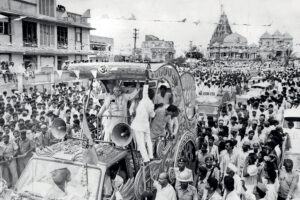 Hindus were immediately fascinated with the concept of the Rath Yatra being fashioned like a chariot as it made its way from Somnath to Ayodhya. Everywhere the chariot proceeded, so the stories go, Hindus greeted it with enthusiasm, ringing temple bells, banging thalis, and screaming slogans to welcome the rath. Others covered their foreheads with the dust from the rath’s wheels and smeared it with a tilak.
Hindus were immediately fascinated with the concept of the Rath Yatra being fashioned like a chariot as it made its way from Somnath to Ayodhya. Everywhere the chariot proceeded, so the stories go, Hindus greeted it with enthusiasm, ringing temple bells, banging thalis, and screaming slogans to welcome the rath. Others covered their foreheads with the dust from the rath’s wheels and smeared it with a tilak.
The Outcomes
Despite the religious violence, the deaths that accompanied the yatra, and the subsequent destruction of the Babri Masjid on December 6, 1992, Advani was the single most significant factor in elevating the Bharatiya Janata Party (BJP) to prominence in Indian politics.
Advani was the original Hindutva hardliner, the uncompromising ideologue, whereas Atal Bihari Vajpayee was the more ‘acceptable’ face of the BJP, someone who wanted to conduct his politics in the moderate tradition.
However, Advani’s dream of holding the office of prime minister was never fulfilled. Vajpayee’s popularity made it a no-contest when the BJP first experienced actual control at the Centre; he had to settle with the position of deputy prime minister. Year 2009 was perhaps his greatest chance to become prime minister, but as fate would have it, the BJP lost that election.
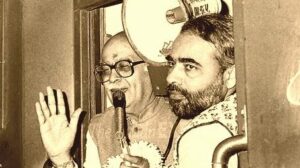 By the time the 2014 Lok Sabha elections drew near, the Advani era had all but over, and a new BJP led by Narendra Modi and Amit Shah grabbed the lead.
By the time the 2014 Lok Sabha elections drew near, the Advani era had all but over, and a new BJP led by Narendra Modi and Amit Shah grabbed the lead.
However, Advani will always be associated with having initially made the BJP’s ascent possible, popularising phrases like ‘pseudo-secularism,’ and creating the foundation for the political Hindu right, which the Narendra Modi’s current government has built a whole empire upon.
Taking the Rath Ahead!
Prime Minister Narendra Modi performed bhoomi pujan for the construction of Ram temple in Ayodhya on August 5, 2020. The Supreme Court had resolved the Ram Janmabhoomi-Babri Masjid dispute in the year 2019. The disputed land was given for the construction of Lord Rama temple.
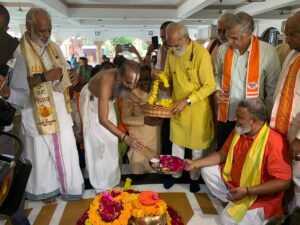 As a part of the Pran Pratishtha Mohotsav being organized across the country with the magnificent Rama Mandir, Akshat Kalash Yatra is also being organized by the VHP in various parts of Gujarat. Plans were made to send invitations to five lakh villages across the state on the eve of Diwali for the building of the Lord Rama temple. The VHP has also asked every household to light the diyas as a part of their ‘Gher Gher Deep’ campaign.
As a part of the Pran Pratishtha Mohotsav being organized across the country with the magnificent Rama Mandir, Akshat Kalash Yatra is also being organized by the VHP in various parts of Gujarat. Plans were made to send invitations to five lakh villages across the state on the eve of Diwali for the building of the Lord Rama temple. The VHP has also asked every household to light the diyas as a part of their ‘Gher Gher Deep’ campaign.

